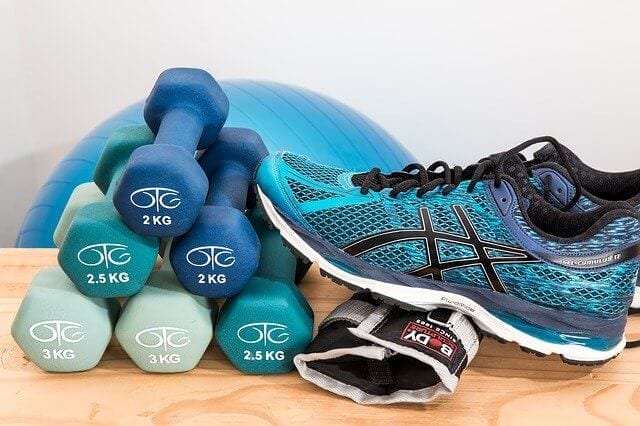Pros and cons of steady-state cardio
Your goal of doing cardio might be either to get fit or to lose some weight, but whatever your reason, cardio will always remain an essential aspect of the workout program you should never ignore. Cardio burns lots of calories at a time while keeping your muscles, heart, and lungs more healthy.
Initially, steady-state cardio was the norm for everyone; you only have to get out to do your thing, and you are done. But with the introduction of high-intensity-interval-training (HIIT), many people have undergone a change of heart with steady-state cardio.

We are going to look into the pros and cons of steady-state cardio, so you can determine if it’s worth it as compared to HIIT.
Pros
- You place less stress on your cardiorespiratory system.
Steady-state cardio is less intense than HIIT, which means you get to improve your endurance with less stress placed on your heart.
2. Increase endurance
With steady-state cardio which is done for a longer time and at a slow pace, you get to increase the stamina of your muscles and heart.

3. Improve general health
Just like many other exercises, steady-state cardio has many health benefits. It helps in blood pressure control, reduction of anxiety, and stress. It also improves the efficiency of your heart and muscles.
4. Fast rate of recovery
Because of the less stress placed on the body and heart you can always recover faster and can continue working out the next day without a glitch
Cons
1. Time factor
If your goal is to lose weight, you could be spending a long time working out to burn enough calories.
2. Overuse injuries
Repeatedly doing the same movements, again and again, can cause repetitive stress injuries.
3. Boredom
You might just get tired of doing the same old actions over and over again.
